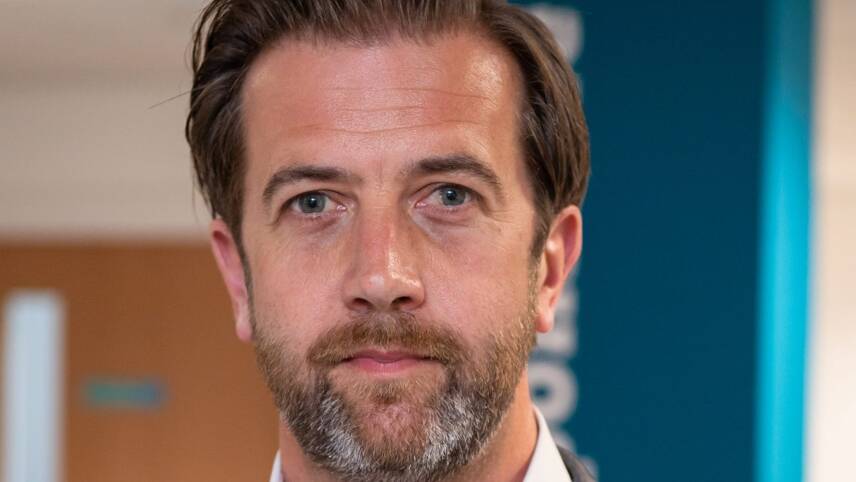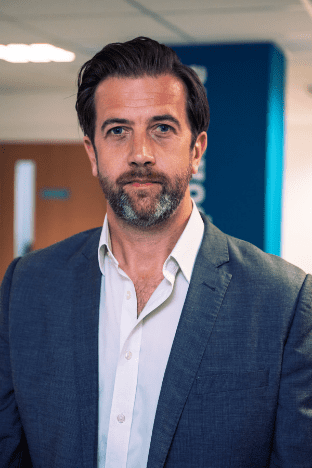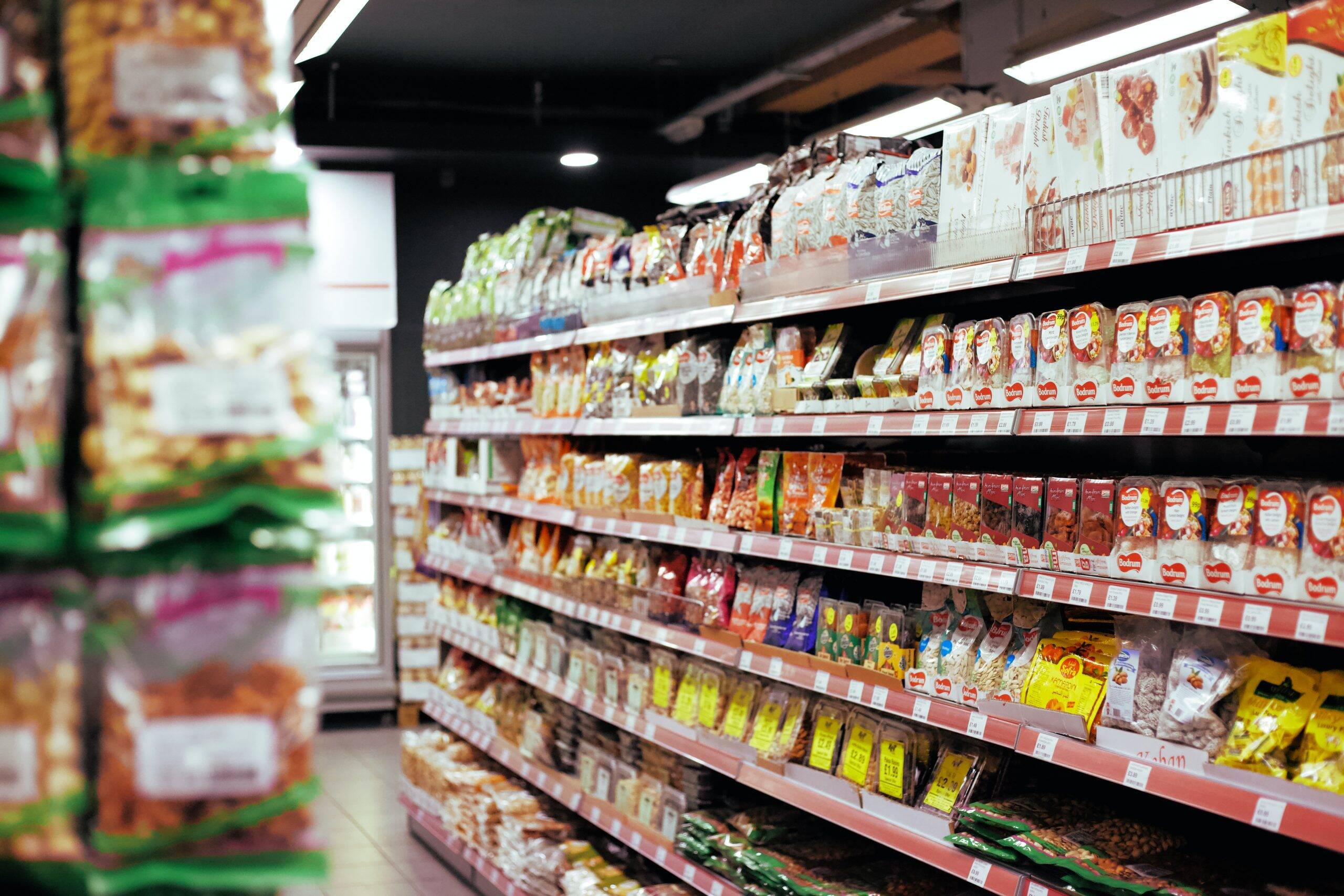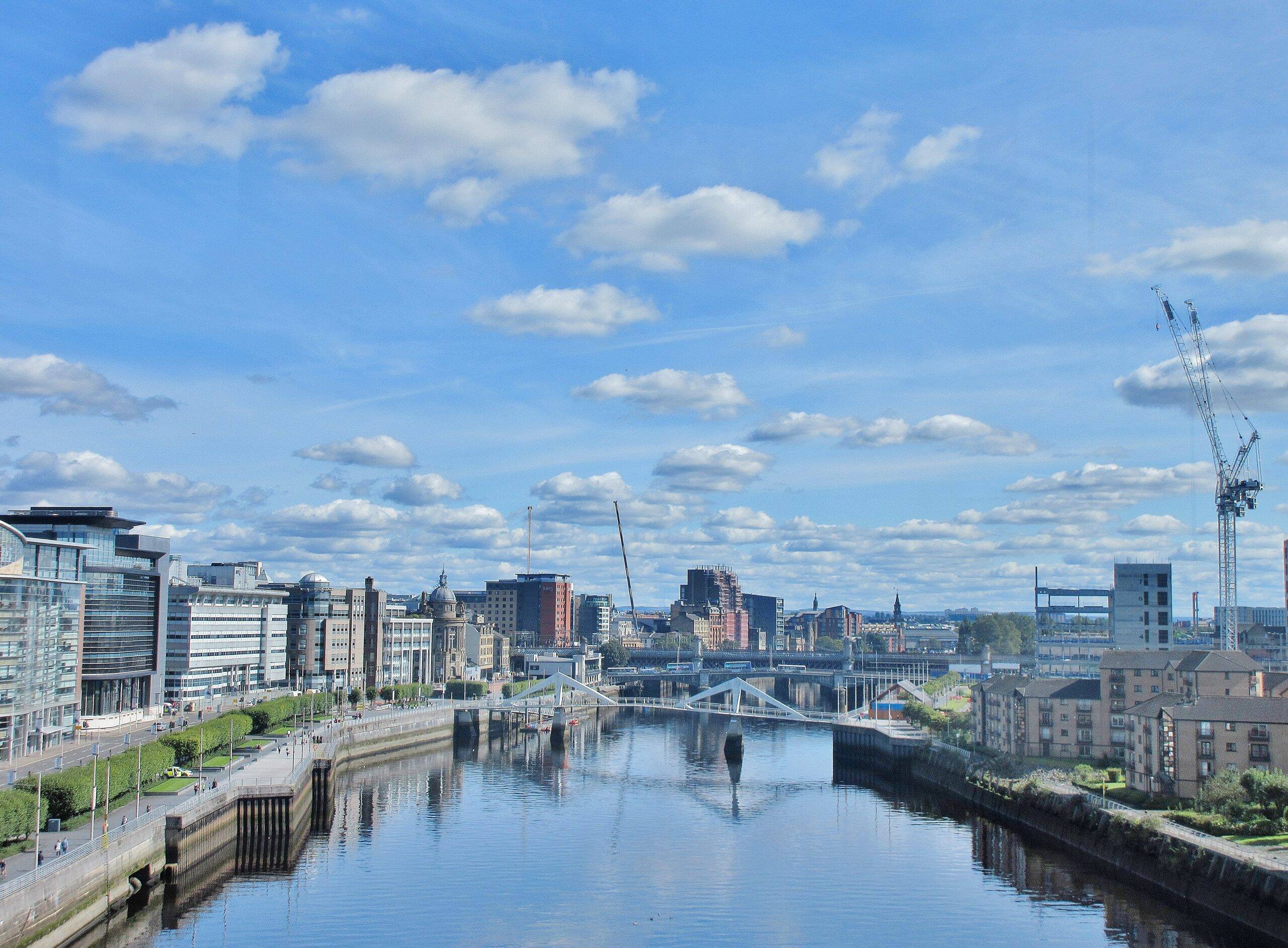You’ve reached your limit!
To continue enjoying Utility Week Innovate, brought to you in association with Utility Week Live or gain unlimited Utility Week site access choose the option that applies to you below:
Register to access Utility Week Innovate
- Get the latest insight on frontline business challenges
- Receive specialist sector newsletters to keep you informed
- Access our Utility Week Innovate content for free
- Join us in bringing collaborative innovation to life at Utility Week Live

Jon Turner, head of Siemens electrification and automation in Great Britain and Ireland, discusses cleaning up utilities ‘dirty’ image and lessons to be learned from FMCG.
What is the most significant way that today’s utilities sector differs from the one you first joined?
 I think the perception was that it was a ‘dirty industry’ and I think there has been a real evolution in that thinking. There’s a drive from organisations and customers to get this industry to be truly green.
I think the perception was that it was a ‘dirty industry’ and I think there has been a real evolution in that thinking. There’s a drive from organisations and customers to get this industry to be truly green.
Gone are the days of our industry just ‘keeping the lights on’ – the expectation is now that we are the enabler of a decarbonised, more sustainable society. Getting us there means increased electrification and our grid will need to cope with greater demands.
What is the biggest challenge you’ve faced during your time in utilities?
I think this comes back to diversity of thought. When I first joined the industry there was definitely a perception that ‘doing things differently’ or even questioning how things were done, was frowned upon. As our industry has opened up and the pace of change has increased, that culture has changed.
 New ideas and innovations are daily discussions for me now – we should be implementing change where we can transform things for our customers and for society. I believe that further focus on digitalisation and decarbonisation will continue to shift this balance.
New ideas and innovations are daily discussions for me now – we should be implementing change where we can transform things for our customers and for society. I believe that further focus on digitalisation and decarbonisation will continue to shift this balance.
What’s the best piece of advice you’ve been given?
There is no exclusivity on a good idea and some of the best ones are right in front of your nose!
What do you think is the key to creating the conditions for innovation within the utilities sector?
It has to be collaboration. No single entity can drive total transition in this space. It’s how the market works together, sharing successes and failures, either as the buyer or the suppliers, that will change things.
Which other industry do you feel that utilities can learn most from when creating the conditions for innovation?
For me it’s fast-moving consumer goods (FMCG) – food manufacturers in particular.

Even before the pandemic, their industry had to move at pace, keeping up with consumer demand for new, innovative products, as well as meeting challenging availability targets.
Their ability to adapt at scale is though leveraging data and data sharing with partners. I think this is an aim we should further embrace in the utilities sector.
Is there a standout innovation or collaboration project that you’ve worked on during your time in utilities – what made it special?
Our recent project with SP Energy Networks, collaborating on the UK’s first clean air substation at Maclean Square in Glasgow was really special.
SP Energy Networks were committed to utilising clean air technology, and we worked hard together to meet the relevant specifications.
Both parties were working to implement new technology onto the network and it was fantastic to work with a partner considering the societal and environmental impact of their network.

What excites you most about the next 10 years in the utilities sector – any trends, tech, or specific innovations?
There are so many opportunities to innovate in this sector. I think the future for our industry will be focused on three topics – decarbonisation, digitalisation, and decentralisation and all are linked.
How do we build a greener grid? By using data to maximise energy efficiency and drive purposeful change. Decentralisation will open up our grid, allowing us to further integrate renewables, and empowering sectors and individuals to become prosumers, who’ll innovate at this ‘grid edge’.
What do you think will be the defining factor in the UK hitting its net zero targets?
I think we need technology providers and industry to unite and share knowledge to drive the changes required to hit our net zero targets. Our sector has to go first, we have to collaborate to decarbonise our grid, for other sectors to follow.
What is the change you’d most like to see within the utilities industry?
Although we’ve made great progress, there’s still work to be done to change the perception of this industry. We need diversity of people, thought and skills to drive innovation.
How do we make this happen, as an industry, and sustain this so future generations see our sector as the space to work in?
What do you think is the biggest challenge facing the utilities sector at present?
There’s work underway, but I still see the grid infrastructure as our biggest challenge. It was designed as a one-way grid, and its ageing.
We’re now asking it to work two-way, with multiple interfaces, whilst being increasingly flexible. We’ll need the right mix of skills to address this challenge and implement the right solutions.
What is the most significant way you think the utilities sector of ten years’ time will differ from the one we see today?
I think our focus, as a sector, on electrification as the enabler of decarbonisation will be commonplace. Our attention will therefore be on the use and resilience of the grid – how do we keep supply stable and support an increased demand for electricity?

See this content brought to life at Utility Week Live, 17-18 May 2022 NEC Birmingham
Delivering smart energy networks is one of the frontline challenges at the heart of Utility Week Live 2022’s live content programme.
View the challenges and be alerted for tickets to the industry’s most eagerly awaited reunion at utilityweeklive.co.uk.
Please login or Register to leave a comment.